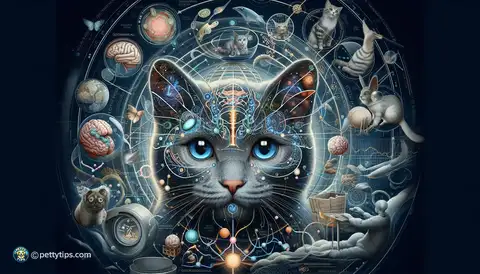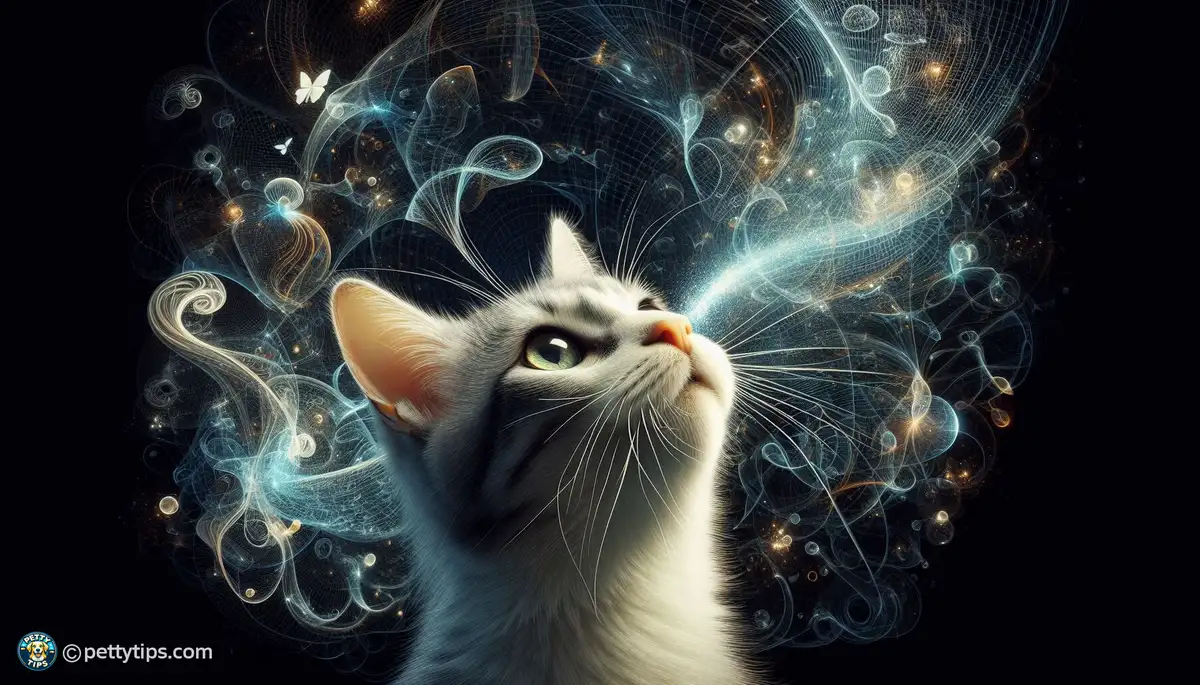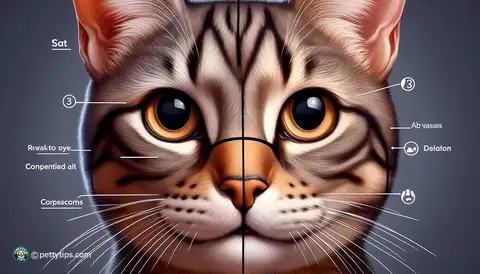
Unraveling the Mystery: The Science Behind Cat Socialization
Patrícia Sousa - Sep 02, 2024 - 7 min read


Cats have a language all their own, one that relies heavily on non-verbal cues. From the twitch of an ear to the flick of a tail, every movement speaks volumes in the intricate world of feline communication. But perhaps one of the most fascinating aspects of cat language is the role that pheromones play in their social interactions. Pheromones are chemical signals that animals use to communicate with one another, and in the case of cats, they play a crucial role in everything from marking territory to establishing social hierarchies.
To understand the importance of pheromones in cat socialization, it's essential to grasp the significance of scent in the feline world. Unlike humans, who rely primarily on sight and sound to communicate, cats use scent as their primary form of communication. When a cat rubs against your leg or sprays a vertical surface, they are not only leaving behind their scent but also depositing pheromones that convey important information to other cats in the area.
There are several different types of pheromones that cats produce, each serving a unique purpose in their social interactions. Understanding these pheromones is key to deciphering the complex language of cats and can help pet owners better understand their furry companions' behavior.
Facial pheromones are perhaps the most well-known type of pheromone among cat owners. These pheromones are produced in the glands around a cat's face, particularly around the cheeks and chin. When a cat rubs its face against an object or person, it is depositing these pheromones, marking the object as familiar and safe. This behavior, known as bunting, is a common way for cats to greet one another and establish social bonds.
Pheromones play a crucial role in cat socialization, helping to establish bonds between individuals and maintain harmony within a group. From the moment they are born, kittens are exposed to their mother's pheromones, which help them feel safe and secure. As they grow older, they continue to use pheromones to communicate with their littermates and other cats in their environment, forming social bonds that can last a lifetime.
Moving to a new home can be a stressful experience for cats, disrupting their familiar routines and surroundings. However, pheromone products such as sprays and diffusers can help ease this transition by providing familiar scents in the new environment. By mimicking the pheromones that cats use to mark their territory and communicate with one another, these products can help reduce stress and anxiety, making the adjustment period smoother for both cats and their owners.
Aggression is a natural behavior in cats, but it can become problematic when it escalates into fights or territorial disputes. Fortunately, pheromone products can help reduce aggression in multi-cat households by creating a calming environment that promotes harmony and reduces tension. By diffusing synthetic pheromones into the air, these products can help cats feel more relaxed and less inclined to engage in aggressive behaviors, ultimately fostering a more peaceful coexistence among housemates.
Pheromone products can also be useful in preventing conflicts before they arise by creating an environment that is conducive to peaceful interactions. By diffusing calming pheromones into the air, pet owners can help create a harmonious atmosphere where cats feel safe and secure, reducing the likelihood of confrontations and territorial disputes. This can be particularly beneficial in multi-cat households where tensions may run high, helping to promote a sense of calm and well-being among all residents.
In the intricate world of feline communication, pheromones play a crucial role in shaping behavior and facilitating social interactions. By understanding the different types of pheromones that cats produce and their various functions, pet owners can gain valuable insights into their furry companions' behavior and provide them with the support they need to thrive. Whether it's easing transitions, reducing aggression, or promoting socialization, pheromone products offer a safe and effective way to enhance the well-being of cats and strengthen the bond between pets and their owners. So the next time you see your cat rubbing against your leg or spraying a vertical surface, remember that they're not just marking their territory – they're communicating with you in their own unique way.

Patrícia Sousa - Sep 02, 2024 - 7 min read

Mongrain Samuel - Sep 03, 2024 - 7 min read

Roscoe McMichael - Sep 26, 2024 - 9 min read